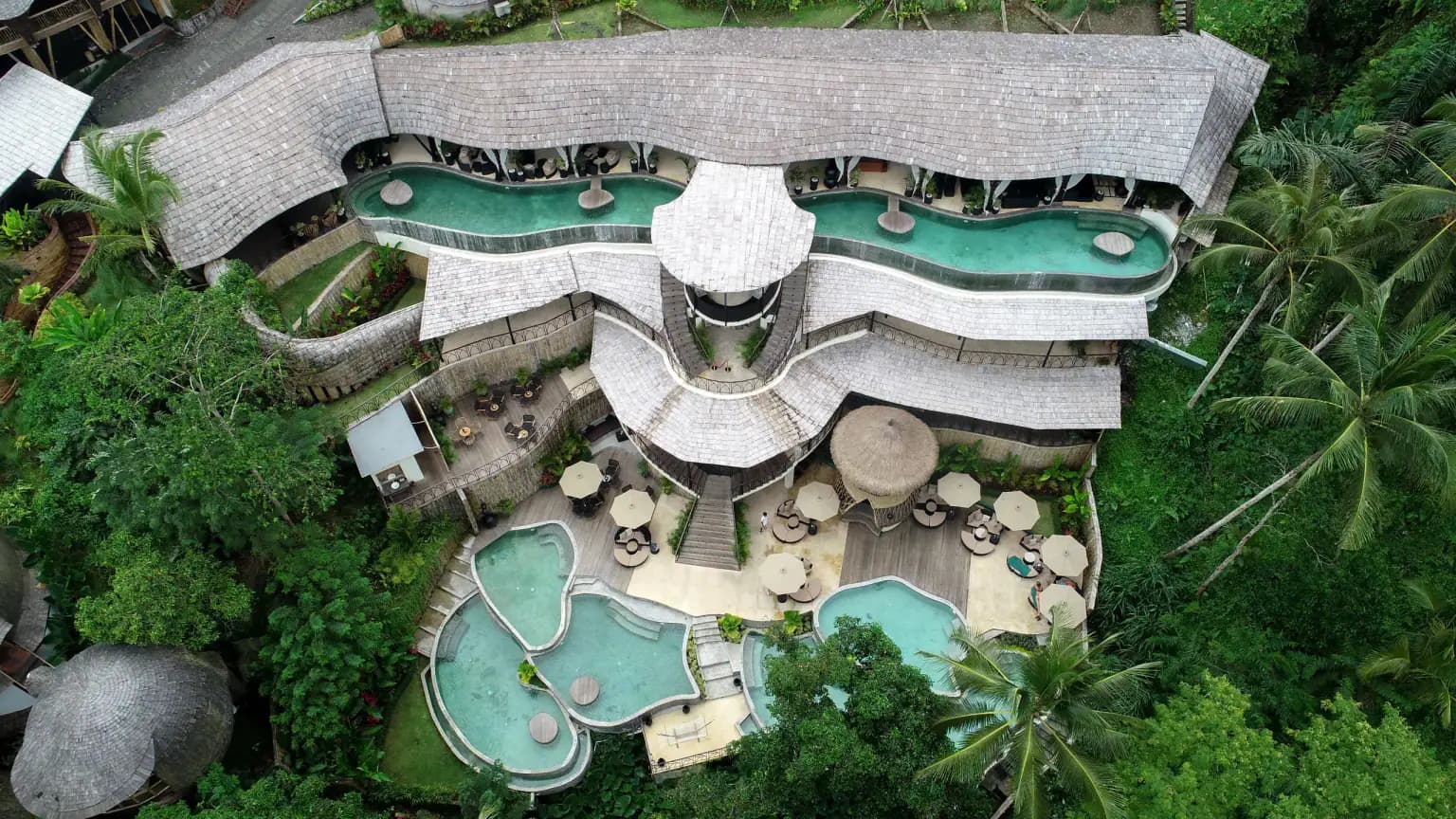In a rapidly changing world, traditional crafts offer something tangible and enduring. They remind us of the people, skills, and cultures that have shaped our identities. Preserving these crafts means safeguarding the soul of a community and ensuring future generations remain connected to their rich heritage.
Indonesia, with its over 17,000 islands, is a treasure trove of diverse cultures and timeless traditions. Its traditional crafts, such as batik, wood carving, and wayang puppetry, are beautiful expressions of this cultural richness. These crafts are not just visually stunning; they carry deep meanings and tell stories that reflect the country's history and soul.
Batik, for instance, is much more than fabric. Its hand-painted or stamped patterns often represent the identity of specific regions or communities. Javanese batik might showcase royal symbols, while Balinese designs are bold and colorful. In recognition of its cultural significance, batik was designated as an Intangible Cultural Heritage by UNESCO in 2009.
Wood carving is another deeply rooted craft, especially in Bali and Java. Artisans create intricate designs inspired by spirituality or folklore, whether in the form of sacred statues or elaborately carved doors. These pieces are integral to daily life and traditional ceremonies, blending utility with artistry.
However, traditional crafts in Indonesia face significant challenges. The demand for handmade products is dwindling as mass-produced goods dominate the market due to their lower cost and faster production times. Younger generations are increasingly drawn to modern careers, leaving traditional trades behind. Additionally, limited access to essential raw materials, such as high-quality wood or natural dyes, further complicates the preservation of these crafts.
The preservation of traditional crafts is vital for multiple reasons. They are an essential part of Indonesia’s cultural identity, narrating the history, traditions, and values of its diverse communities. Economically, these crafts provide livelihoods for artisans and attract tourists, creating jobs and sustaining local economies. Moreover, traditional crafts often employ environmentally friendly techniques, such as the use of natural dyes in batik, making them sustainable alternatives to modern manufacturing processes.
Traditional Indonesian crafts like batik, wood carving, and wayang puppetry are not just remnants of the past but bridges to the future. By preserving, promoting, and modernizing these crafts, we can ensure they continue to thrive in an ever-changing world. They remind us that culture is not just something to protect; it is also a source of inspiration and connection for generations to come.











